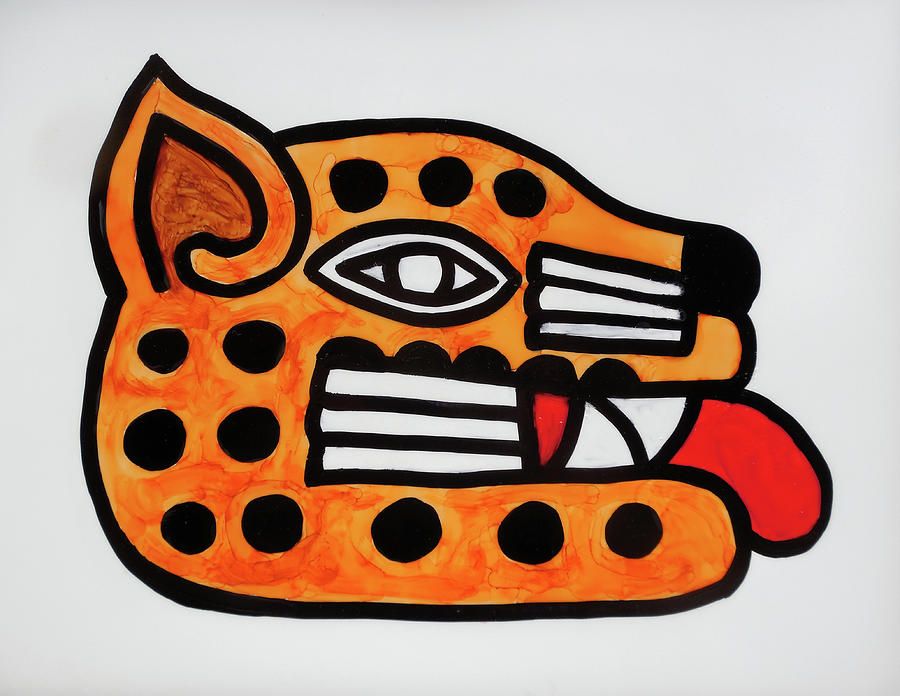
Each of the five suns was broken down into multiple 52-year cycles. The quake coincided with a solar eclipse-a phenomenon represented in the codex by a circle with lightning bolts coming out of it.Ī page from the Codex Telleriano-Remensis Public domain via Wikimedia CommonsĪccording to Spanish newspaper Vozpopuli, pre-Hispanic Mesoamerican societies viewed the universe as cyclical, with periods known as “ suns” ending in floods, fires, earthquakes and other natural disasters before new eras began. Researchers matched the event to a 1507 earthquake that damaged a temple and drowned 1,800 warriors in a river likely located in southern Mexico. One pictogram highlighted in the study depicts soldiers drowning as a building burns in the background. Forbes notes that the team used symbols representing solar eclipses or specific days, as well as Latin, Spanish and Italian annotations added to the codex by later observers, to date the earthquakes. Coupled with other records written after the Spanish Conquest, however, they offer modern scholars a new perspective on Mexico’s seismic history. The pictograms, or drawings, provide little information about the earthquakes’ location, size or scale of destruction. “Earthquakes are frequent in this country and, secondly, earthquakes had a profound meaning in the cosmological view of the original inhabitants of what is now Mexico.” “It is not surprising that pre-Hispanic records exist describing earthquakes for two reasons,” says Suárez in a statement from the Seismological Society of America.

A 16th-century Aztec manuscript known as the Codex Telleriano-Remensis contains the oldest surviving written record of earthquakes in the Americas, reports David Bressan for Forbes.Īs Gerardo Suárez of the Universidad Nacional Autónoma de México and Virginia García-Acosta of the Centro de Investigaciones y Estudios Superiores en Antropología Social write in the journal Seismological Research Letters, the codex contains references to 12 separate earthquakes that took place in the region between 14.


 0 kommentar(er)
0 kommentar(er)
